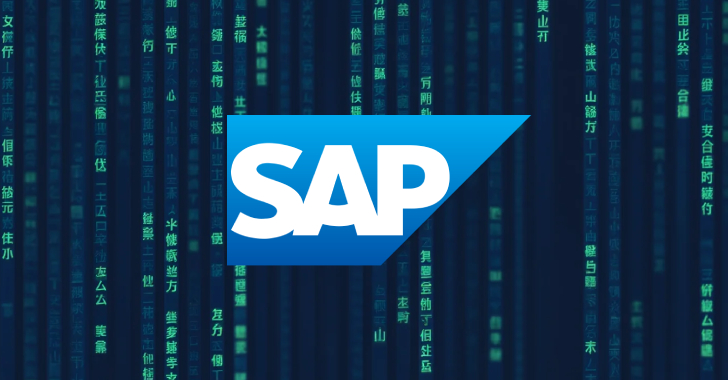The content of this post is solely the responsibility of the author. AT&T does not adopt or endorse any of the views, positions, or information provided by the author in this article.
Digital transformation in banking began following the creation of the internet in the 1990s as a way for banks to deliver services to their customers more conveniently. Today, it has completely changed how most people interact with their banks. From opening a new account to making transactions and applying for loans, you can access all banking services directly from your computer or smartphone.
According to an FDIC survey on banking behavior, over 80% of account holders engage in some form of digital banking. The popularity of digital banking stems from the convenience and level of personalization that it offers. But is digital banking good for you, or do the risks, such as cybersecurity issues, outweigh the benefits?
Below, let’s explore some of the pros and cons of digital transformation in banking.
Pros of digital transformation in banking
Digital banking offers several advantages to the modern banking customer. Here are a few:
24/7 Access to your bank
One of the most significant benefits of digital banking is that it gives you round-the-clock access to your account. You don’t have to wait for working hours to deposit your funds, get an account statement, change your account details, or transact funds. You can do it at any time from wherever you are.
Additionally, you don’t have to waste time in long queues in the banking hall. Digital banking is like having your personal bank right in your pocket.
Better rates, lower fees
Banks typically charge account maintenance and transaction fees to cover expenses like employees, bank premises, etc. Since digital banking allows customers to serve themselves directly over the internet, there’s less demand for bank employees and multiple brick-and-mortar branches. Therefore, banks embracing digital transformation have lower overheads and can offer their customers lower fees and higher interest rates. These benefits are especially pronounced for purely digital banks without physical premises.
Better customer experience
A 2021 survey by Deloitte Insights found that digital-first banks routinely outperform traditional banks in multiple areas that matter most to customers, including simplicity of transactions, transaction speed, and the overall quality of the banking experience.
Digital banks provide a smoother experience compared to traditional banks. For instance, transacting on a digital bank takes just a few minutes on your smartphone or laptop. In contrast, simply making a transaction in a traditional bank could take close to an hour as you must get to the physical bank, wait in line, fill out transaction forms, and speak to a teller.
In addition, digital banks offer features like budgeting tools that make it easier to manage your money. They also update you on every aspect of your account with text and email alerts, such as when you make transactions, when you don’t have enough money for an upcoming bill, and so on. This makes the digital banking experience much better than what you get with a traditional bank.
Automated payments
With digital banks, it’s amazingly easy to automate your payments. You can set up payments that you want to make from your account every month, so you don’t have to worry about fees and penalties for late or delayed payments. Plus, if you use a net-30 account to pay for goods or services and manage your cash flow, you can automate these payments too.
You can also set up automated savings where the bank automatically deducts a specific amount from your account every month and deposits it in your savings account. This level of automation gives you a hands-free solution for managing your money instead of manually making all these transactions every month.
Drawbacks of digital transformation in banking
Despite offering convenience and better banking experiences, digital transformation in banking has flaws too. Some of these include:
Security concerns
The convenience of digital banking also comes with security risks. The online capabilities that allow you to access your account and transact remotely introduce loopholes that people with malicious intents can exploit to steal your money.
Today, there are lots of cybersecurity challenges facing digital banking. For instance, hackers may break into the online banking platform and steal sensitive customer data. Other risks include malware and ransomware attacks, spoofing, credential harvesting, identity theft, fraud, etc. While banks have put many measures into place to avoid such situations, the risk is always there.
Digital banks also place some responsibility for the safety of your money on you. When you put your money in a traditional bank, the bank is solely responsible for keeping your money safe. With a digital bank, you’re involved in protecting your money. You have to use strong passwords and multi-factor authentication for your online banking accounts and avoid logging into your account on public Wi-Fi networks.
You must also avoid clicking on dubious links, be aware of phishing attacks, and protect yourself from many other client-side security threats. If you’re not security conscious, there’s always the risk of losing your money.
Possible technical issues
The electronic systems on which digital banks run are not always reliable. For example, the servers of your digital bank could experience an outage and lock you out of your account. Similarly, your bank’s website could have a technical issue that could prevent you from accessing your account. Even a problem with your internet connection can leave you unable to access your funds.
While the possibility of such scenarios is quite low, such technical problems can easily leave you stranded, especially when you need to access your money urgently.
It’s easy to spend your money
The convenience of having fast and constant access to your money is a benefit, but sometimes, it can be a disadvantage. If your digital bank is linked to your online shopping accounts, you could easily find yourself spending your money on things you hadn’t budgeted for.
Additionally, making such payments is so effortless that you can easily forget how much money you’re spending. With a traditional bank, you’d have to visit a physical branch to access your money, which is enough to deter you from most impulse purchases.
However, digital banks also make it easier to track where you’re spending your money. Linking your digital bank account with your budgeting tool can help you prevent spending your money on unplanned expenses.
Wrapping up
The digital transformation in banking has completely revolutionized how people interact with their money and banks. It offers many benefits: convenience, round-the-clock access to your money, payment automation, lower fees, higher interest rates, and a better banking experience.
Still, it’s important to be aware of its drawbacks, such as security concerns, the possibility of technical issues locking you out of your account, and the likelihood of spending your money on things you’ve not budgeted for.
Most people will find that the pros outweigh the cons, but if you decide to adopt digital banking, don’t forget to take the appropriate steps to keep your money safe.





